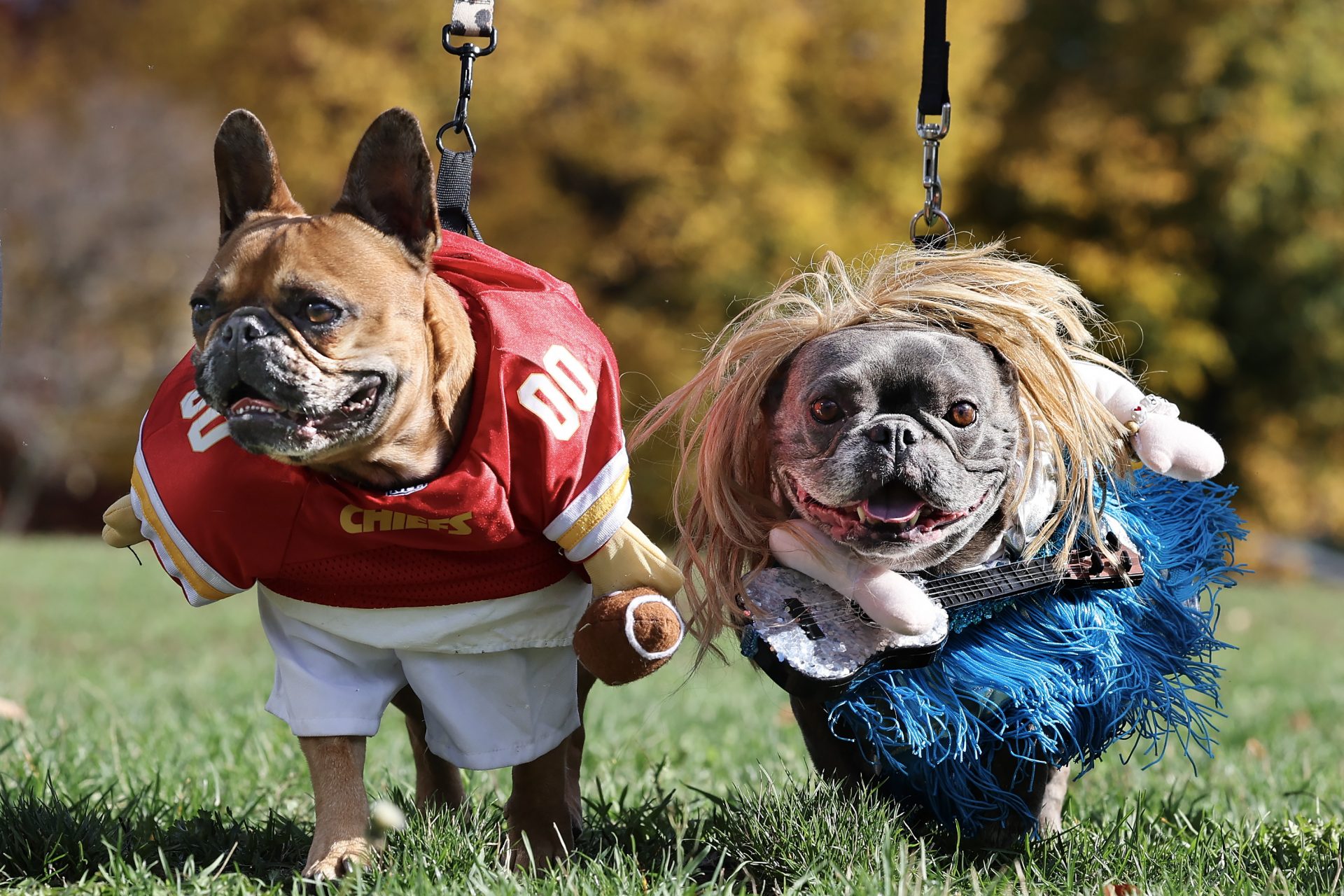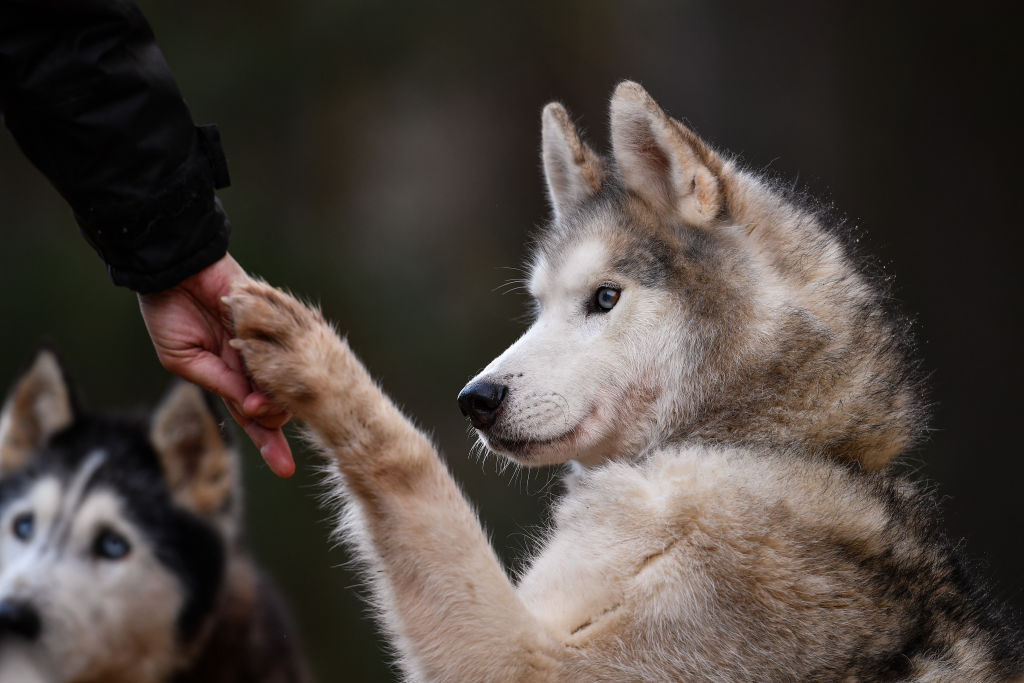Southpaw: Is your dog left-handed? The answer might surprise you
Dogs are our best friends and, after thousands of years together, they can be more like us than we give them credit for.
Although it may seem strange, dogs, like humans, also reflect laterality; that is, the dominance in the use of one side or the other of the body when carrying out their daily activities.
There are numerous scientific studies that prove it and that, in addition, try to demonstrate the number of dogs that tend to one side or the other, and even what are the possible reasons for it.
Photo: Unsplash (Alvan Nee)
In the most recent study on this subject, published by the scientific journal Animal Cognition, researchers from Lincoln University assure that dog owners influence the preference for their pets to use one paw or the other.
Photo: Unsplash (Eric Ward)
Thus, according to the results of their study, it is more likely that left-handed people have dogs prone to using the left paw, while right-handed people, have dogs that use the right paw more.
Photo: Unsplash (Wade Austin)
Why does this happen? Well, according to this study, dogs tend to imitate their owners, just like children imitate their parents. It’s what we know as “social learning”.
Photo: Unsplash (Chewy)
According to the study, most domestic dogs would be right-handed, taking into account that 90% of the human population is also right-handed.
Photo: Unsplash (Jamie Street)
However, the main author of this study, Kimberly Charlton, found that 80% of the dogs with left-handed owners used the left paw in the tests, while all the dogs with right-handed owners used the right.
Photo: Unsplash (Ayla Verschueren)
In the case of adopted dog adults, it is very likely (especially in the case of left-handed people) that they do not match. Of course, with time and learning, these pets may end up changing their preference for the use of their paws.
Photo: Unsplash (Mike Burke)
The study was divided into two tests. In the first one, the owners asked their dogs to give them their paw, with both hands indistinctly, and hiding the other behind their backs.
Photo: Unsplash (Camylla Battani)
The second test that the dogs were subjected to was to place small objects out of their reach so that they would try to grab them using one of their paws.
Photo: Unsplash (Natasha Reddy)
Both tests had to be performed over 10 non-consecutive days and at different times of the day. This, added to information such as the age of the pets, their sex or whether or not they were neutered, in addition to the behavior of the owners, led to the data for this study.
Photo: Unsplash (Petr Magera)
The study from Lincoln University contrasts however with a previous one carried out by the University of Manchester, which says that half of dogs are right-handed and the other half are left-handed.
Photo: Unsplash (Jordan Davis)
In addition, this other study concludes that the fact of being left-handed or right-handed could be related to their abilities, their creative capacity and their character. Something that the study by Lincoln University also points to.
Photo: Unsplash (Mark Zamora)
Another expert in the field, veterinarian Paul McGreevy, from the University of Sydney, also added that "laterality can affect a dog's ability to acquire certain skills, such as becoming a guide dog."
According to McGreevy, left-handed dogs are more creative, while right-handed ones are more skilled, which would give him an edge when it comes to becoming a guide dog, or other things, like disaster rescue dogs.
Photo: Unsplash (Emerson Peters)
Regarding the subject of character, a study from the University of Adelaide concluded that left-handed dogs have a greater predisposition than right-handed ones to have aggressive behaviors.
Photo: Unsplash (Isabel Vittrup Pallier)
The BBC documentary 'The Secret Life of Dogs', already claimed that if a dog is right-handed, it is more likely to be calm, confident and self-assured.
Photo: Unsplash (Jake Oates)
This issue, however, is highly discussed and controversial, since other experts believe that there are many elements that can influence an aggressive nature of the dog such as education, the environment and the animal's own development.
Photo: Unsplash (Robet Grammer)
Another point of view was given a few years ago by Janice Lloyd, a veterinarian from James Cook University. In an interview with ABC News, she explained that a dog is much more likely to be left-handed than a human, hence half of them could be.
Photo: Unsplash (Mitchell Orr)
And how can we know if our dog is left-handed or right-handed? There are many experts who propose different tests to discover it.
Photo: Unsplash (Karsten Winegeart)
Ask for its paw and wait to see how they react. Of course, it is not a matter of doing it just once, but several times, to be sure that it always acts in the same way (according to Lloyd, do it 50 times and they would have to use the same paw a minimum of 32 times).
Photo: Unsplash (Cole Wyland)
Another test would be to stick his favorite toy or treat in a Kong-type toy or under a piece of furniture, forcing him to get it out on his own. So we will see with which leg they use more to get it out.
Photo: Unsplash (Jesper Brouwers)
If you throw an object that they want to play with, you can also observe the preferred paw, being the one that they use to retain the object.
Photo: Pexels (Allotrobe)
If your dog loves to nibble on bones, you can also look at the paw it uses most frequently to hold it while enjoying it.
Photo: Unsplash (Aditya Joshi)
Other tests include paying attention to which leg it uses to start walking, which leg it uses to scratch doors to enter somewhere or to get your attention, or which leg it uses to try to remove the uncomfortable muzzle.
Photo: Unsplash (Skyler Gerald)
However, if you can’t tell weather your dog is right-handed or left-handed after doing all the tests, like some humans, they might be ambidextrous.
Photo: Unsplash (Marieke Koenders)
More for you
Top Stories








































